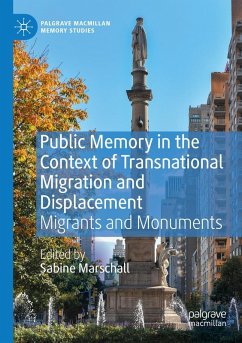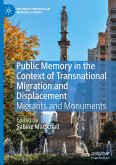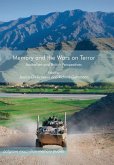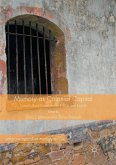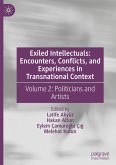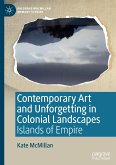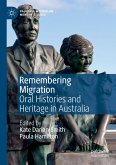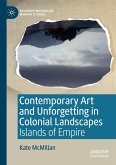This book explores the border-transcending dimensions of public remembering by focussing on the triangular relationship between memory, monuments and migration. Framed by an introduction and conclusion, nine case studies located in diverse social and geo-political settings feature topical debates and contestation around monuments, statues and memorials erected by migrants or in memory of migrants, refugees and diasporas in host country societies. Written from different disciplinary perspectives including anthropology, art history, cultural studies and political science, the chapters consider displaced people as new, originally unintended audiences who bring transnational and transcultural perspectives to old monuments in host cities. In addition, migrants and diasporic communities are explored as 'agents of memory', who produce collective memory in tense environments of intra- and inter-group negotiation or outright hostility at the national and transnational level. The research is conceptually anchored in memory studies, notably transnational memory, multidirectional memory and other concepts emerging from memory studies' recent 'transcultural turn'.
Bitte wählen Sie Ihr Anliegen aus.
Rechnungen
Retourenschein anfordern
Bestellstatus
Storno

